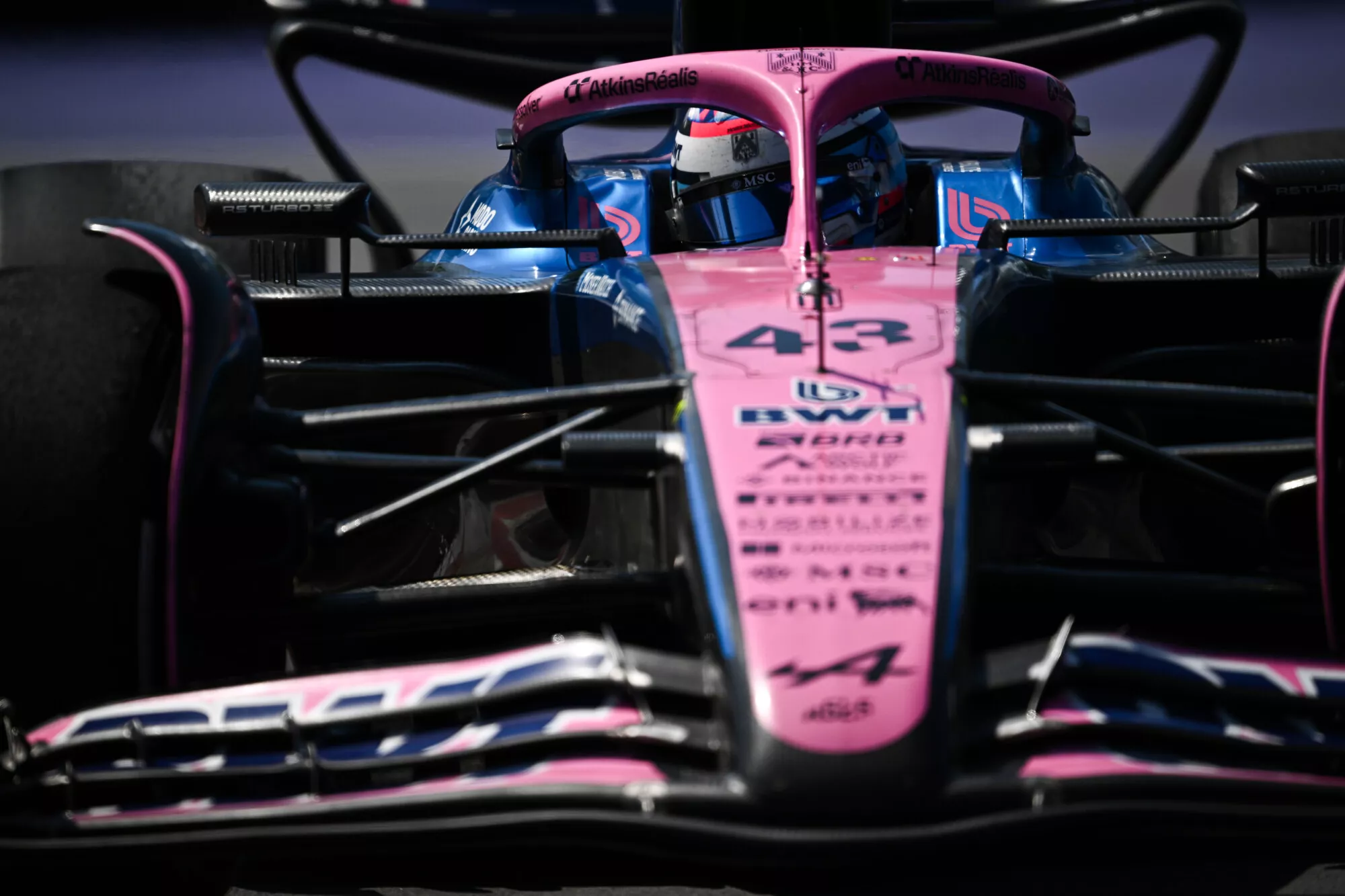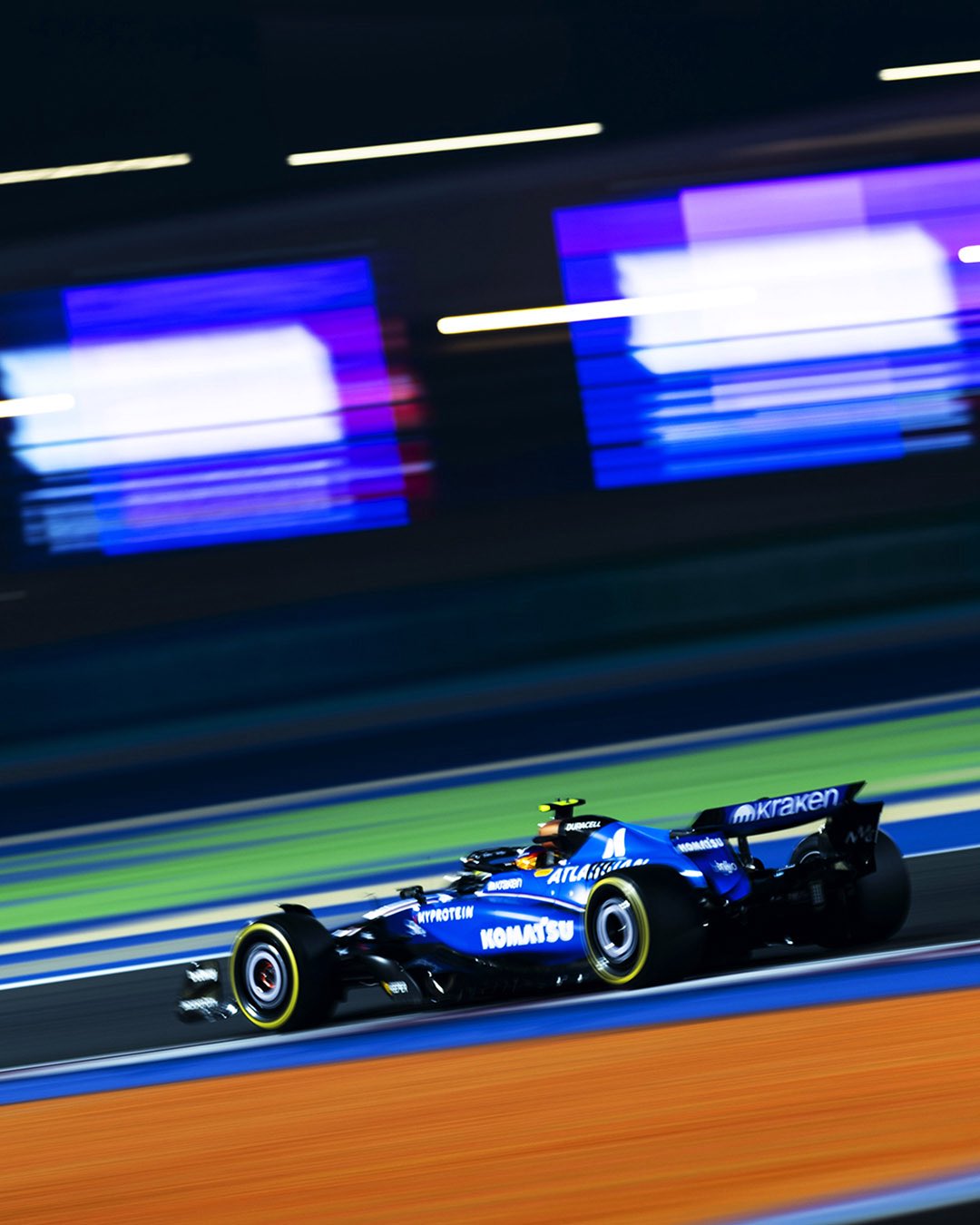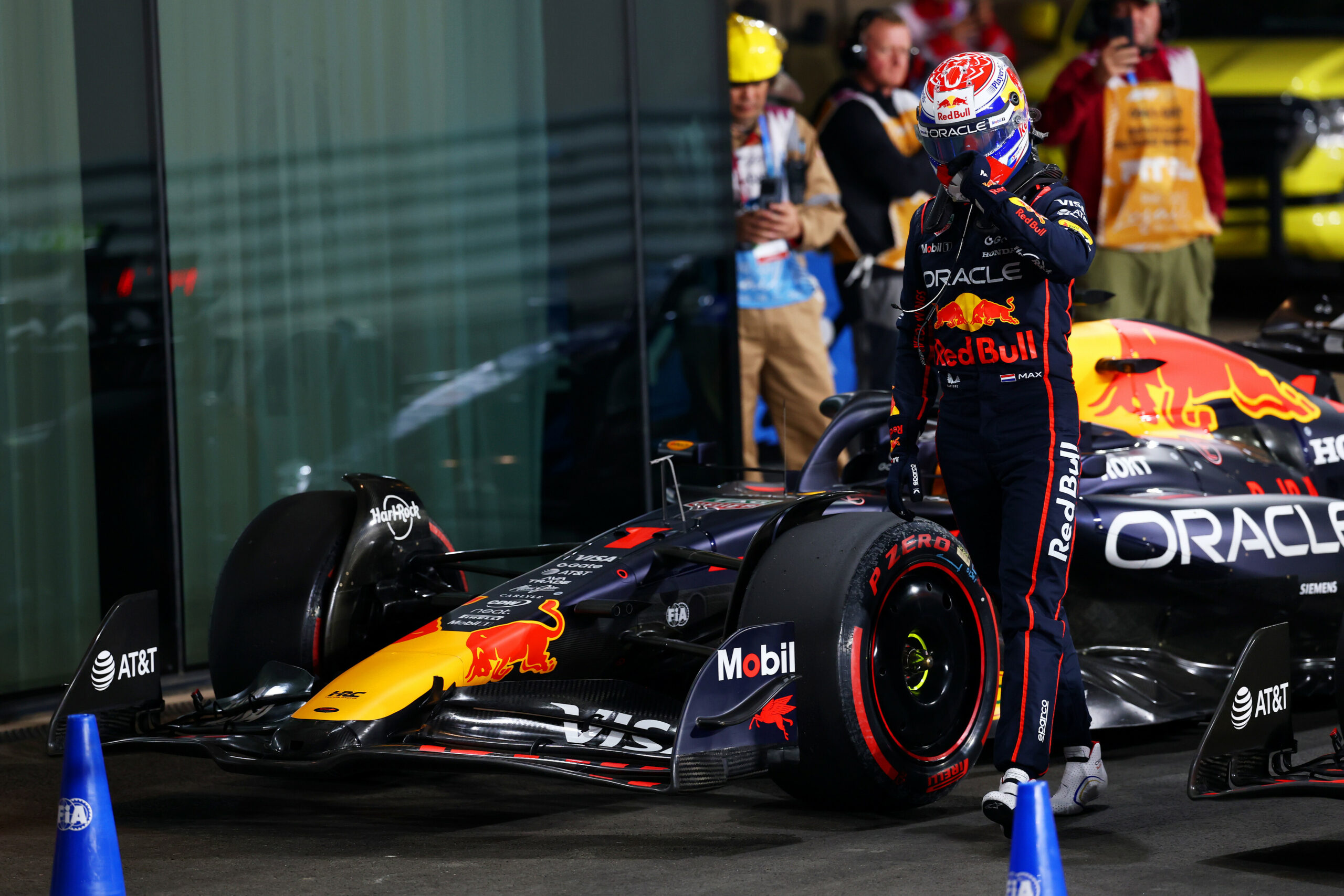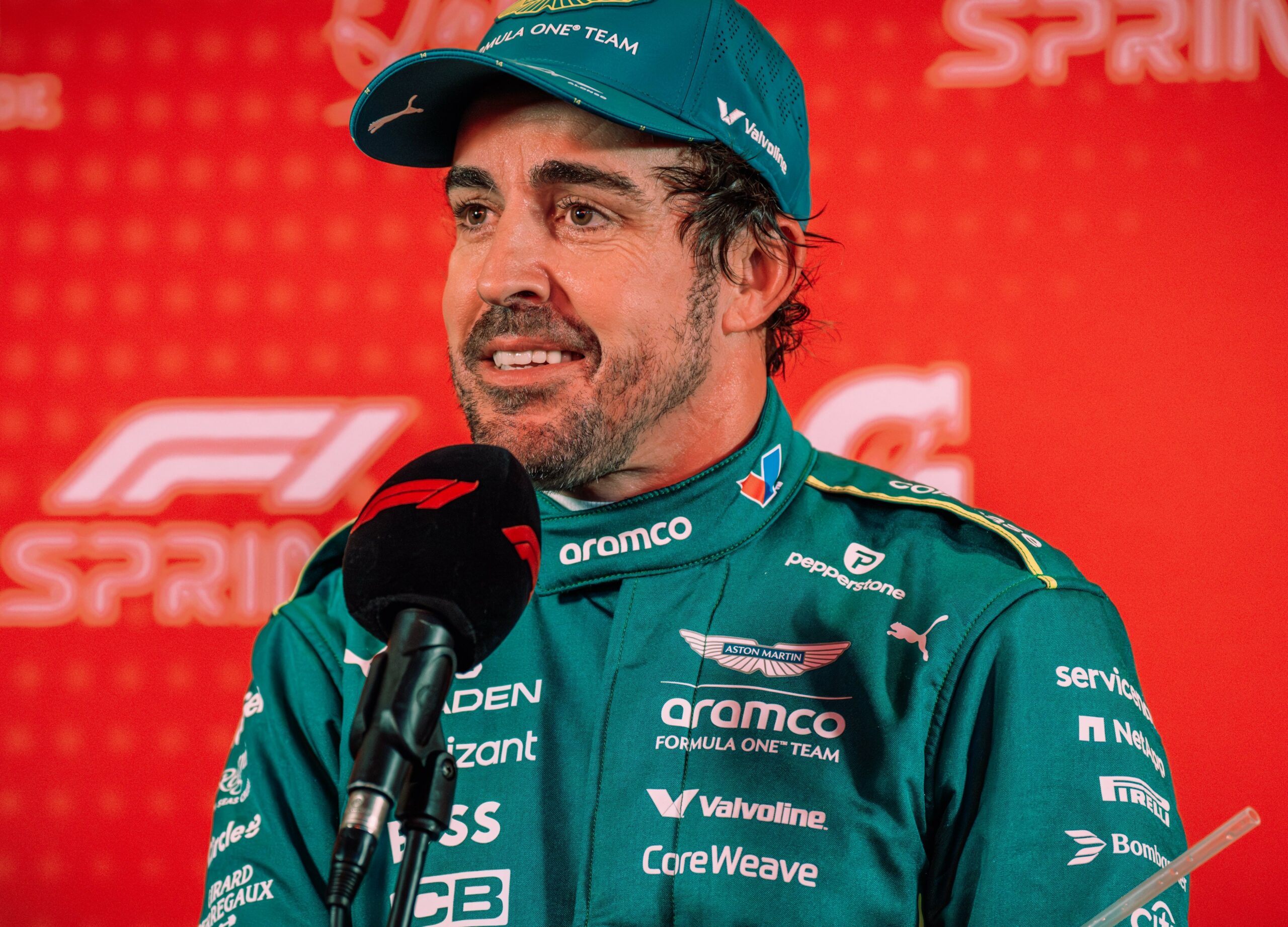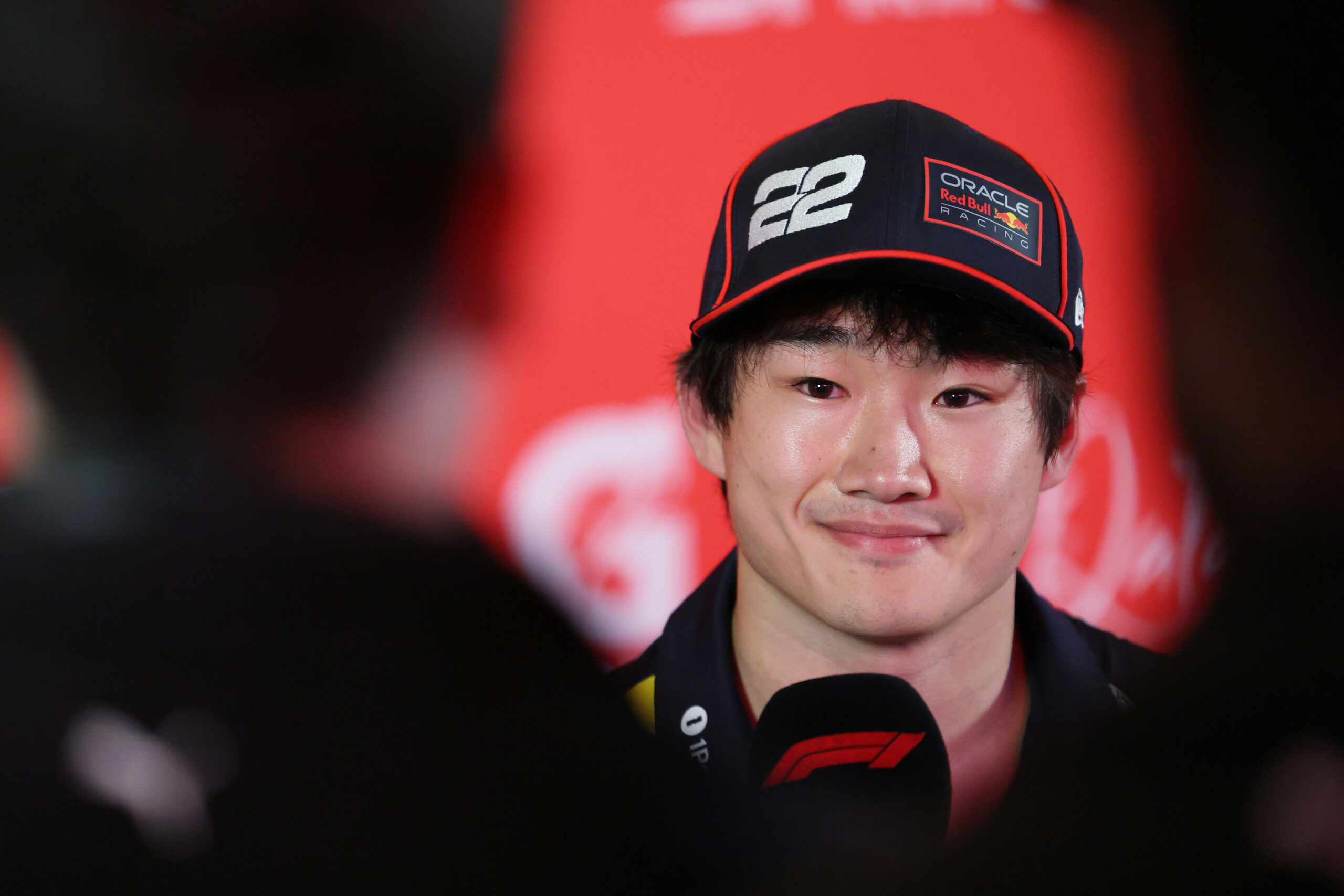Unlike the majority of drivers on the 2025 F1 grid, Franco Colapinto did not commence his season at the opener in Melbourne. Instead, his campaign began in Imola after months of speculation, intensified by a hot-mic incident involving YPF CEO Horacio Marin. Consequently, the Argentine driver earned promotion to Alpine’s second seat, replacing F1 rookie Jack Doohan—who had himself taken over from Esteban Ocon at the 2024 season finale in Abu Dhabi. Despite considerable expectations from both Alpine and the wider paddock, Colapinto has yet to deliver the performances anticipated. At mid-season, after six challenging rounds, he sits second last in the Drivers’ Championship with zero points, just ahead of his predecessor Doohan.
A return at Imola
Colapinto’s return to F1 began on a relatively positive note at Imola. He placed 13th in both Friday Free Practice sessions—a respectable showing given his lack of prior F1 experience at the circuit. Meanwhile, his teammate Pierre Gasly impressed by setting the third fastest time in FP2, narrowly missing out on the top spot to McLaren’s Oscar Piastri. Colapinto, in contrast, appeared to focus on settling into the Alpine A525 and reacquainting himself with the demands of F1 machinery. However, this early optimism quickly faded during Qualifying.
The session proved chaotic, disrupted by Red Bull’s Yuki Tsunoda crashing and triggering two red flags, which severely affected track conditions and strategy. Colapinto, caught in the turbulence, crashed at Tamburello, prematurely ending his Q1. Although he technically progressed to Q2, he did not set a lap time, instead joining Tsunoda in the Medical Centre as Alpine assessed extensive damage to his car. Moreover, a one-place grid penalty for prematurely entering the fast lane before the Q1 restart pushed him back to start 16th on the grid. Ultimately, Colapinto delivered an uneventful race, finishing where he started, while Gasly slipped down to 13th by the end.
Given his inexperience and having missed the first five rounds of the season, this subdued result was understandable. Nevertheless, his qualifying crash raised immediate concern, echoing similar errors from his 2024 stint with Williams. Since Doohan’s demotion partly stemmed from comparable mistakes, Alpine’s gamble to promote Colapinto was already under scrutiny.
Gains amid Monaco chaos
Monaco provided a distinct challenge and opportunity for Colapinto. The principality hosted F1’s first mandatory two-stop race of the season, requiring drivers to use three sets of tyres and at least two different compounds. Qualifying was fraught with disruption: Andrea Kimi Antonelli crashed in Q1, causing a red flag, while George Russell suffered a battery failure during Q2, triggering another stoppage. Lando Norris capitalised, taking pole with a record lap time of 1:09.954.
Unfortunately, Colapinto struggled in Qualifying and ended the session 20th—the slowest time recorded. Gasly fared only slightly better, qualifying 18th. However, grid penalties handed to Haas’ Oliver Bearman and Aston Martin’s Lance Stroll promoted both Alpine drivers: Colapinto started 18th, Gasly 17th.
Sunday’s race itself was uneventful on track but chaotic off it. Gasly collided with Tsunoda on lap nine, forcing his retirement, while Colapinto benefited from a well-timed strategy and avoided mistakes. He brought his Alpine home in 13th place, two laps down but free from incident. Although the result did not showcase raw pace, it suggested incremental progress amid a turbulent campaign. This weekend marked one of Colapinto’s few points-free finishes that nevertheless showed a degree of composure and strategic awareness.
Keeping it clean in Barcelona
Barcelona offered Colapinto another opportunity to demonstrate steady racecraft. He qualified 19th but moved up to 18th on the grid after Lance Stroll withdrew due to injury. Gasly performed strongly, qualifying eighth and eventually finishing in the points in eighth place. Meanwhile, Colapinto ran a steady, if uneventful, race to finish 15th.
Though his result was modest, Colapinto’s ability to remain clean and consistent stood in stark contrast to the drama unfolding ahead. Max Verstappen struggled to bring his hard tyres up to temperature and became embroiled in a contentious battle with Charles Leclerc and George Russell, resulting in penalties and track position changes. Amid such chaos, Colapinto’s composed drive, devoid of errors, represented a quiet but meaningful step forward in adapting to the relentless demands of F1.
A quiet show of promise in Canada
At the Canadian GP, Colapinto delivered arguably his strongest qualifying performance of the season. He progressed to Q2 for only the second time in 2025, ultimately qualifying 12th—his best result so far. Notably, he outqualified several established drivers such as Nico Hülkenberg and his own teammate, Gasly, who struggled and was relegated to a pit lane start due to car modifications.
Although penalties and withdrawals shuffled the starting grid, Colapinto began 18th. He ran a clean race, finishing 13th while Gasly came home 15th after starting from the back. Despite this positive Saturday and disciplined race, Colapinto remained one of only two full-time drivers yet to score points this season. This juxtaposition of improved qualifying form but ongoing difficulty in converting performance into tangible results only intensified questions about Alpine’s mid-season driver change.
A scrappy weekend in Austria
Austria exposed some of Colapinto’s key weaknesses. While he again qualified solidly, reaching Q2 and starting 14th, the race itself proved far more challenging. On lap 31, contact with Yuki Tsunoda—who attempted a daring move down the inside—sent Colapinto spinning into the gravel. Tsunoda was penalised with ten seconds, but the incident disrupted Colapinto’s rhythm and effectively ended his hopes of scoring points.
Later in the race, further controversy arose when Colapinto failed to yield under blue flags while being lapped by Oscar Piastri, forcing the McLaren off track and costing valuable time. This error earned Colapinto a five-second penalty. Although he claimed to have not seen Piastri, the incident raised serious concerns about his situational awareness and composure under pressure. He finished 15th, one lap down and behind Gasly, who took 13th place.
While his raw pace in qualifying continues to show promise, the Austrian GP underscored the urgent need for improved racecraft and discipline. As Alpine battles in a crowded midfield, Colapinto must translate his speed into clean, consistent race performances if he is to silence doubts and prove himself a long-term asset.
A weekend to forget at Silverstone
The British GP was a stark reminder of the inconsistency that has plagued Colapinto. His qualifying session ended early after a costly spin at Silverstone. Losing control at the penultimate corner, he spun into the gravel and brushed the barriers, causing a red flag and ending his session. This incident left him eliminated in Q1, starting 20th on the grid.
Gasly, by contrast, navigated the tricky conditions to reach Q3 and qualified 10th, further highlighting the gulf between the Alpine drivers. Colapinto’s recurring qualifying errors, combined with grid penalties, continue to hamper his progress. Matters worsened on race day, as Colapinto stalled on the pit lane and failed to start the race, marking another frustrating weekend for the rookie.
Performance comparison: Colapinto vs Gasly
When examining the six rounds where both Alpine drivers competed together, a consistent performance gap emerges. On average, Gasly outqualified Colapinto by approximately four grid positions, achieving an average qualifying position of 13th compared to Colapinto’s 17th. This gap carried through to race starts, where Gasly averaged 11th on the grid (including one pit lane start), while Colapinto averaged 16th.
Race finishes further highlight this disparity. Across five completed races—excluding Gasly’s DNF in Monaco and Colapinto’s DNS in the UK—Gasly averaged an 11th-place finish, outperforming Colapinto, who averaged 15th. While neither driver has consistently scored points, Gasly’s more frequent presence in the midfield and higher finishing positions indicate greater racecraft and consistency.
Furthermore, Gasly’s stronger qualifying and race pace have afforded Alpine more opportunities to fight for points. Conversely, Colapinto’s struggle to convert qualifying performances into race results has hindered his progress. Although pit lane starts for both drivers—Gasly in Canada and Colapinto in the UK—added difficulty, they did not fundamentally alter the gap between the two.
In summary, while Colapinto has shown flashes of promise, the direct comparison with his more experienced teammate underlines the considerable development still required. To meet Alpine’s expectations and justify his mid-season promotion, Colapinto must close this performance gap and demonstrate greater consistency and race maturity moving forward.
Performance comparison: Colapinto vs Doohan
Compared with his predecessor Jack Doohan, Colapinto’s statistics reveal a broadly similar level of performance, with subtle differences in key areas. Over six races, Doohan averaged a qualifying position of 16th, closely matched by Colapinto’s 17th across the same number of rounds (not including sprints for Colapinto). Including Doohan’s two sprint races nudges his average qualifying slightly higher at 15.75, still only marginally ahead.
Starting positions tell a comparable story. Doohan averaged 16th on the grid across six races (and 15.75 including sprints), while Colapinto’s average across five races—with one pit lane start—stands at just over 15th. This suggests both drivers have struggled similarly to convert qualifying pace into strong grid positions.
Race finishes also reveal parity. Colapinto’s average of 15th across five races (excluding his DNS at Silverstone) aligns closely with Doohan’s 15th over four races, despite the latter’s two retirements in Australia and Miami. When sprint results are included, Doohan’s average finishing position drops slightly to 16th, placing him just behind Colapinto.
Overall, Colapinto’s numbers neither dramatically improve upon nor lag significantly behind Doohan’s. This parity reinforces the ongoing debate within Alpine about whether the early-season switch represented a genuine upgrade. While Colapinto’s raw pace and occasional strong qualifying efforts hint at potential, his continued lack of points and race incidents suggest he remains on a similar developmental curve to his predecessor.
A season of learning and uncertainty for Colapinto
Franco Colapinto’s 2025 F1 campaign has been a complex blend of potential and pitfalls. While he has demonstrated moments of promising pace and resilience, his frequent errors and inability to consistently translate qualifying performance into race results have prevented him from making a decisive impact. The direct comparisons with teammate Pierre Gasly highlight the considerable gap Colapinto must bridge to become a reliable points scorer for Alpine. Moreover, when measured against his predecessor Jack Doohan, Colapinto’s performances reveal a strikingly similar trajectory, raising questions about whether Alpine’s mid-season driver change has truly been beneficial.
Ultimately, Colapinto’s season remains a work in progress. To silence critics and justify Alpine’s gamble, he must develop greater consistency, racecraft, and situational awareness in the demanding environment of F1. As the season unfolds, his ability to learn from setbacks and mature as a driver will be critical not only to his personal growth but also to Alpine’s hopes in a fiercely competitive midfield. Only then can Colapinto hope to shift from a promising rookie to a genuine asset for the team.

